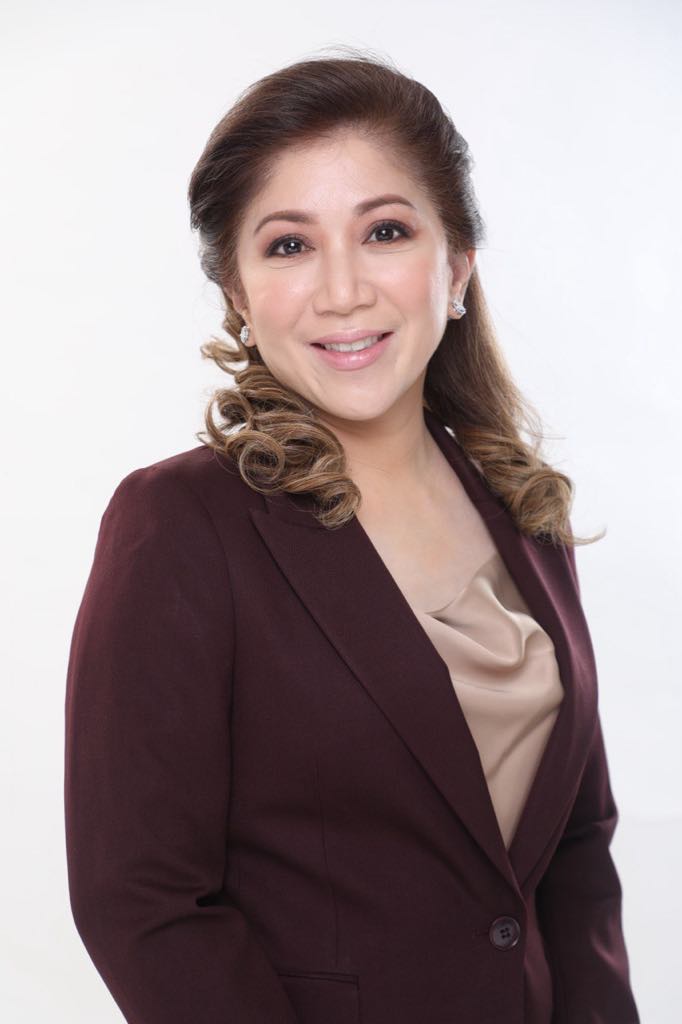Leadership in public health, specifically the Department of Health (DOH) should combine expertise, vision, and compassion, which are essential for driving transformative change.
“The principle of putting the right people in the right positions is not just a matter of operational efficiency—it’s a cornerstone of success. This alignment of talent and roles is essential for achieving project goals and driving meaningful progress,” according to Dr. Wenceslao S. Llauderes, Medical Center Chief II at the Jose R. Reyes Memorial Medical Center.

Llauderes said President Ferdinand Marcos Jr.‘s and DOH Secretary Ted Herbosa‘s appointment of Undersecretary Emmie Liza “Doc Molly” Perez- Chiong is a welcome development as she embodies these qualities, making her a pivotal figure in the DOH, and a beacon of progress in the Philippine healthcare system.
“With a background deeply rooted in both medical practice and health administration, she brings a unique blend of clinical knowledge and strategic insight to her role,” he said.
He said Perez-Chiong goes beyond the call of her duty, “showing that true care involves more than just policy and procedure—it requires a personal touch and a profound connection to the people.”
Llauderes said this “on-the-ground approach” allowed Perez-Chiong to advocate more effectively for resources and support the specific needs of the medical community.
“This experience equips her with a unique understanding of the challenges faced by healthcare professionals and patients alike, allowing her to craft policies that are both practical and impactful. Likewise, her advocacies for policies and programs that address disparities in healthcare access and outcomes, ensure that marginalized and underserved communities receive the support they need,” he said.
He said Undersecretary Perez-Chiong’s leadership in the DOH exemplifies the impact of “combining medical and administrative expertise to fully implement standards of care at par with international paradigms coupled with strategic vision and compassionate leadership.”
He cited the DOH official’s work in advancing Universal Health Coverage, combating non-communicable diseases (cardiovascular diseases, diabetes, and cancer), enhancing maternal and child health, and improving emergency preparedness demonstrates her unwavering dedication to public health.
“By fostering collaboration, innovation, and equity, she continues to drive significant improvements in public health, making a lasting difference in the lives of countless Filipinos. Hence, having her in the DOH will turn our vision into reality,” he said.
Llauderes said the DOH, its secretary and its undersecretaries “act as a crucial pillar, providing substantial support to the medical community through a variety of approaches.”
He said the DOH’s commitment to supporting the medical community is demonstrated by its strategic funding and resource allocation, training development, policy advocacy and regulation, including health and safety initiatives, which include the formation of strong collaborations among healthcare facilities.
During the worldwide health crisis triggered by COVID-19, the medical community was able to overcome the weaknesses by developing pandemic preparedness plans, which included the establishment of comprehensive response strategies, emergency reserves, and clear communication channels.
Llauderes believes that there is still room for improvement, and the DOH and undersecretaries (USECs) must advocate for improved healthcare systems to handle future emergencies better.
Improved healthcare includes developing clear and actionable policies, investing in infrastructure (e.g., Molecular Lab, BUCAS Centers, Specialty Centers), and ensuring that all levels of health departments have the necessary tools and resources to foster collaboration among governmental bodies, healthcare providers, and public health experts to ensure a resilient and responsive health system.
Furthermore, improving health policies with engagement from the health sector and integrating processes across hospitals is essential for creating a cohesive, efficient, and patient-centered healthcare system, he said.
He emphasized that the agency must focus on combating the primary causes of mortality and morbidity, which include a combination of communicable and non-communicable diseases, as well as emerging health concerns.
Llauderes also stated that addressing both current and long-term health concerns demonstrates the success of the 8-point action agenda. In the fight against cancer, he said the Jose R. Reyes Memorial Medical Center (JRRMMC) focused its lenses on the treatment and management of patients diagnosed with cancer.
“The Filipino people can only realize the initiatives to become the advanced comprehensive specialty center for cancer care with the support of the DOH in terms of various needs stipulated in the resource stratified framework (RSF),” he said. “By prioritizing these areas, the DOH aims to reduce the occurrence and impact of chronic illnesses, thus enhancing the quality of life for many Filipinos because Sa Bagong Pilipinas, Serbisyong Pangkalusugan ay Para sa Lahat,” he explains.

